When in the fourteenth century it began to form on the large island, in front of the Castle then the City of Ischia, it was the Borgo di Mare.
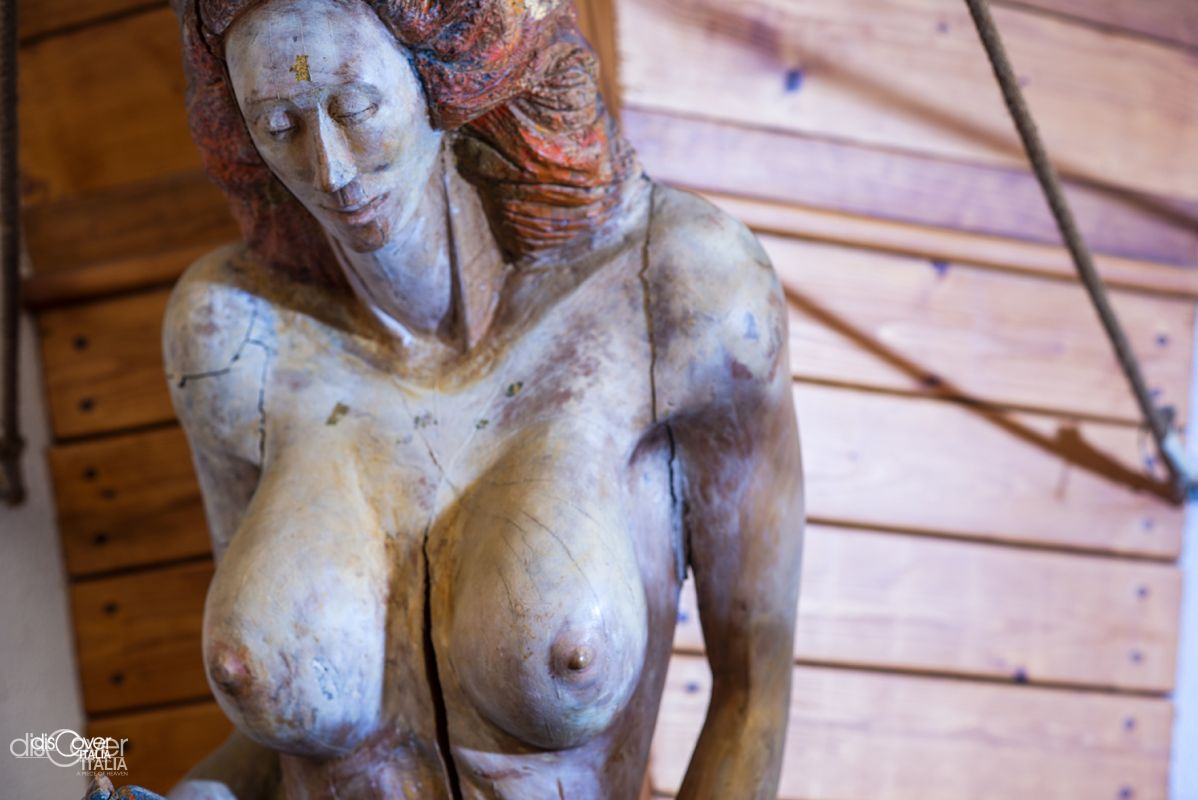 A name that underlined the very close, physical relationship with the sea that lapped the fishermen's houses. Prevailing social group for centuries, together with the sailors, with whom they decided to build their own church, dedicated to the Holy Spirit, which they embellished with the shares of their earnings. A prominent role that they maintained in their village, which in the meantime became of Celsa (due to the diffusion of mulberry trees connected to the breeding of silkworms), and expanded in the eighteenth century with the construction of imposing noble palaces. The three-story building known as Palazzo dell'Orologio, in which the University of Ischia, or the assembly of elected officials, met regularly, dates back to that period. In the premises of the historic building, where the salty scent of the nearby sea arrives, the Ethnographic Museum of the Sea has found a home since 1996. It welcomes visitors at the entrance with a large anchor and, inside, with a reconstructed cockpit. The ancient nautical charts that accompany the ascent are an anticipation of the abundance of objects, testimonies and memories related to life on the sea displayed on the three floors of the exhibition.
A name that underlined the very close, physical relationship with the sea that lapped the fishermen's houses. Prevailing social group for centuries, together with the sailors, with whom they decided to build their own church, dedicated to the Holy Spirit, which they embellished with the shares of their earnings. A prominent role that they maintained in their village, which in the meantime became of Celsa (due to the diffusion of mulberry trees connected to the breeding of silkworms), and expanded in the eighteenth century with the construction of imposing noble palaces. The three-story building known as Palazzo dell'Orologio, in which the University of Ischia, or the assembly of elected officials, met regularly, dates back to that period. In the premises of the historic building, where the salty scent of the nearby sea arrives, the Ethnographic Museum of the Sea has found a home since 1996. It welcomes visitors at the entrance with a large anchor and, inside, with a reconstructed cockpit. The ancient nautical charts that accompany the ascent are an anticipation of the abundance of objects, testimonies and memories related to life on the sea displayed on the three floors of the exhibition.
The first floor is dedicated to navigation. The eye is immediately drawn to the wooden figurehead by the artist Raffaele Di Meglio. All around are on-board instruments and parts of steamers and ferries that have made the history of maritime connections between Ischia and the mainland. A narrative that continues in the second room, with paintings, photos, naval models from various eras, objects used on ships, including some from the great ocean liners that plowed the ocean between Europe and America in the twentieth century. Among the most important finds, a rare astrolabe, donated with other pieces by one of the collectors who, from various parts of Italy, wanted to make a contribution to the museum, after knowing and appreciating it.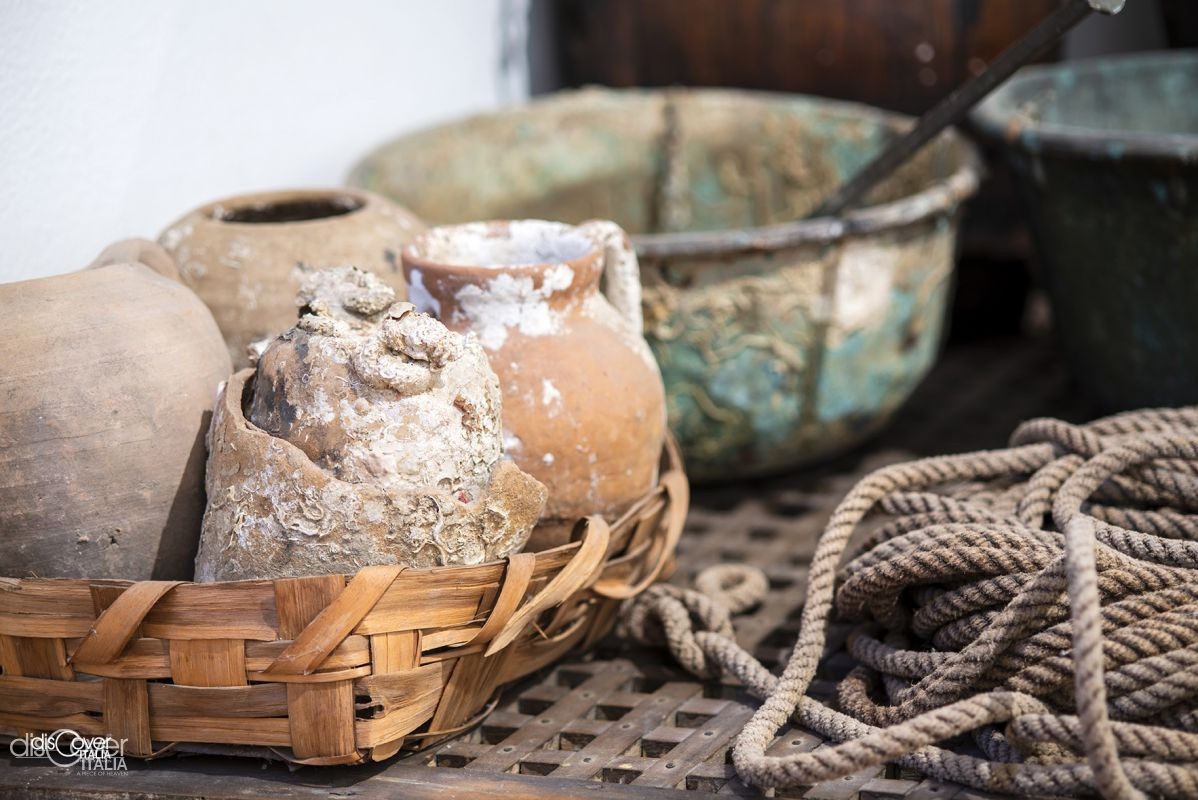
On the second floor the focus is on fishing. A section resulting from the choral contribution of many fishermen and their families, who donated tools, photographs, old memorabilia, all representative of the history of fishing on the island. On the walls, the different types of nets used to catch seasonal species are arranged in festoons. Together with now rare objects, since they are no longer used on modern fishing boats, all described with the Italian name and that in dialect.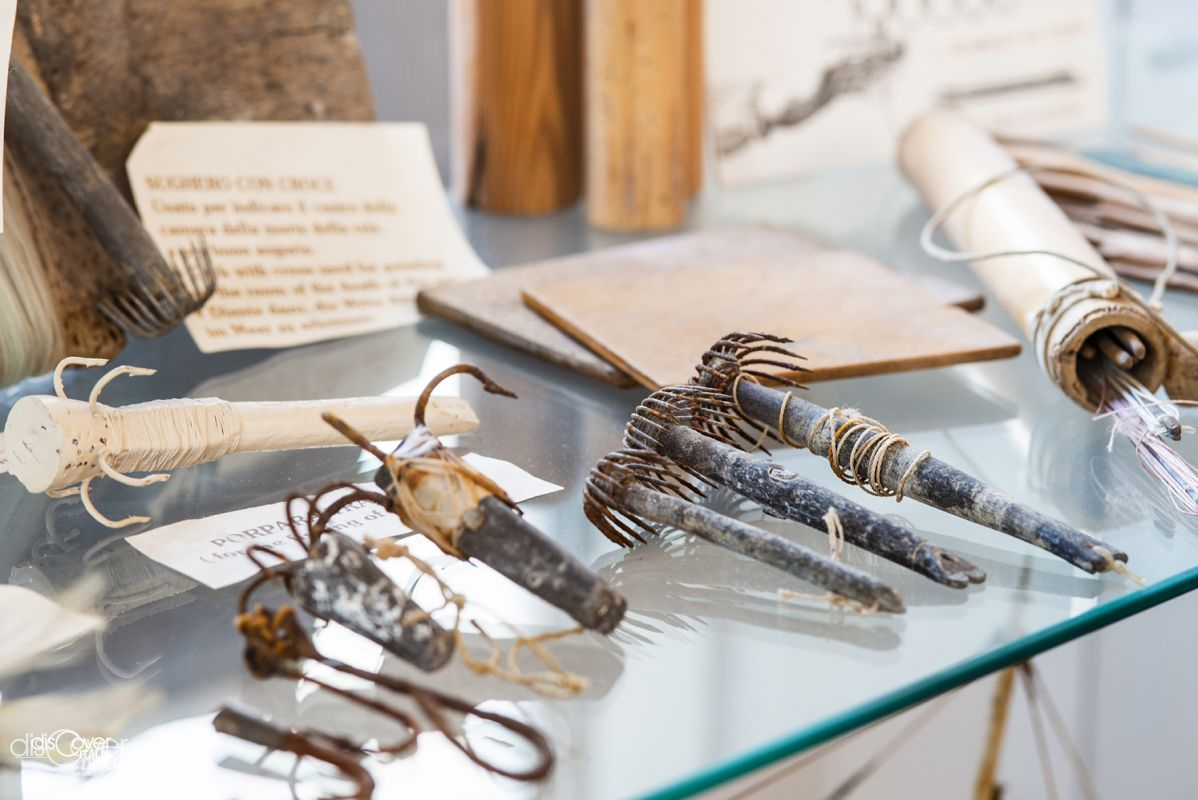
Spectacular, in large glass cases, are the models of goiters and fishing boats typical of the island, perfectly reconstructed. It was precisely in order not to disperse the collection of models built by Gennaro Basile that some enthusiasts who had gathered in the Friends of the Sea Museum Association decided to create the museum. It has progressively increased the number and importance of its collections: votive offerings, photographs, postcards and postage stamps with marine subjects from all over the world. And in the fishing halls the marines of the different parts of the island and the historic families of fishermen are also remembered. Those that have kept customs and traditions alive, handing them down over time, until, when the generational turnover ceased, the baton passed to the museum. Thus, it has become the custodian of memory and the place assigned to keep it alive and to make it known to the islanders and foreigners. As in the case of the history of the tuna traps on the island of Ischia, reconstructed with patience and transferred to one of the publications edited by the museum.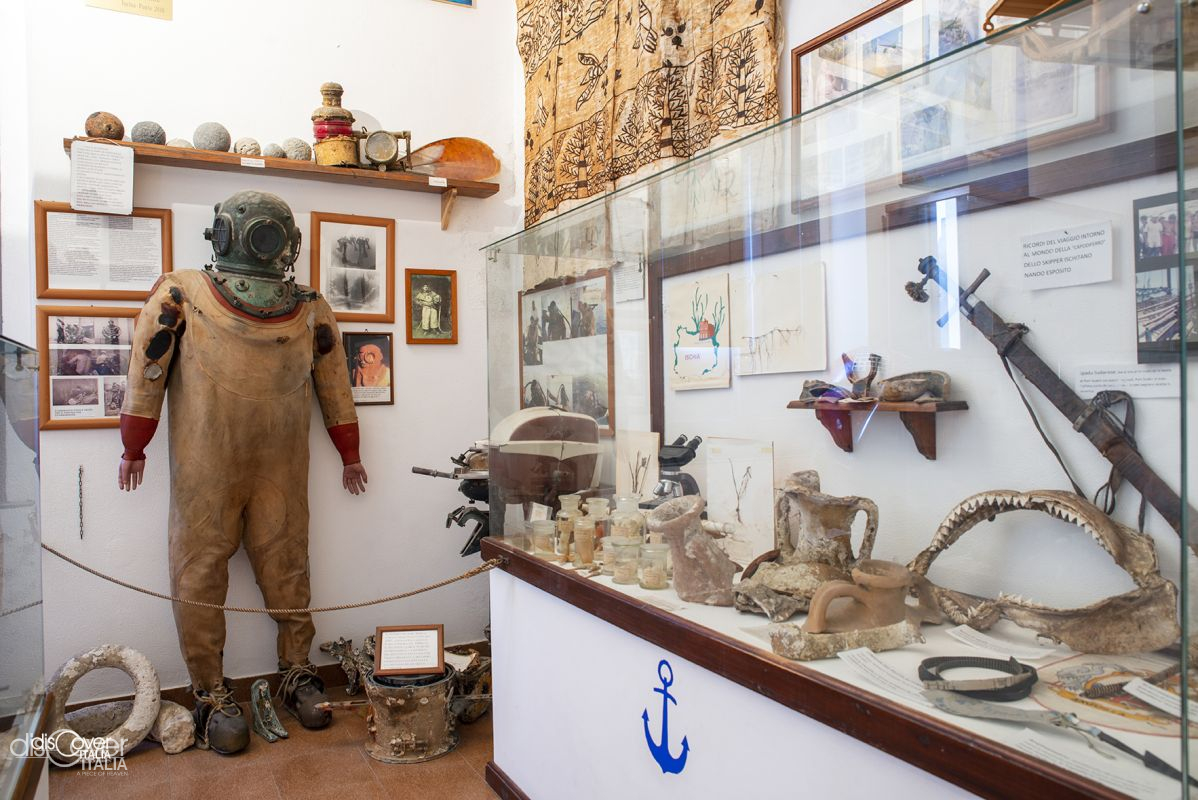
On the third floor, the marine environment is the protagonist with a valuable collection of artifacts donated by the island section of the Zoological Station of Naples, a collection of shells of various origins and images of the seabed around Ischia. In the room, the position of honor belongs to a complete diver suit dating back to 1935. With other period instruments and some ancient artifacts fished out of the sea. To complete an itinerary for enthusiasts, full of curiosities and points of interest in every corner of the building where you can feel the breath of the sea.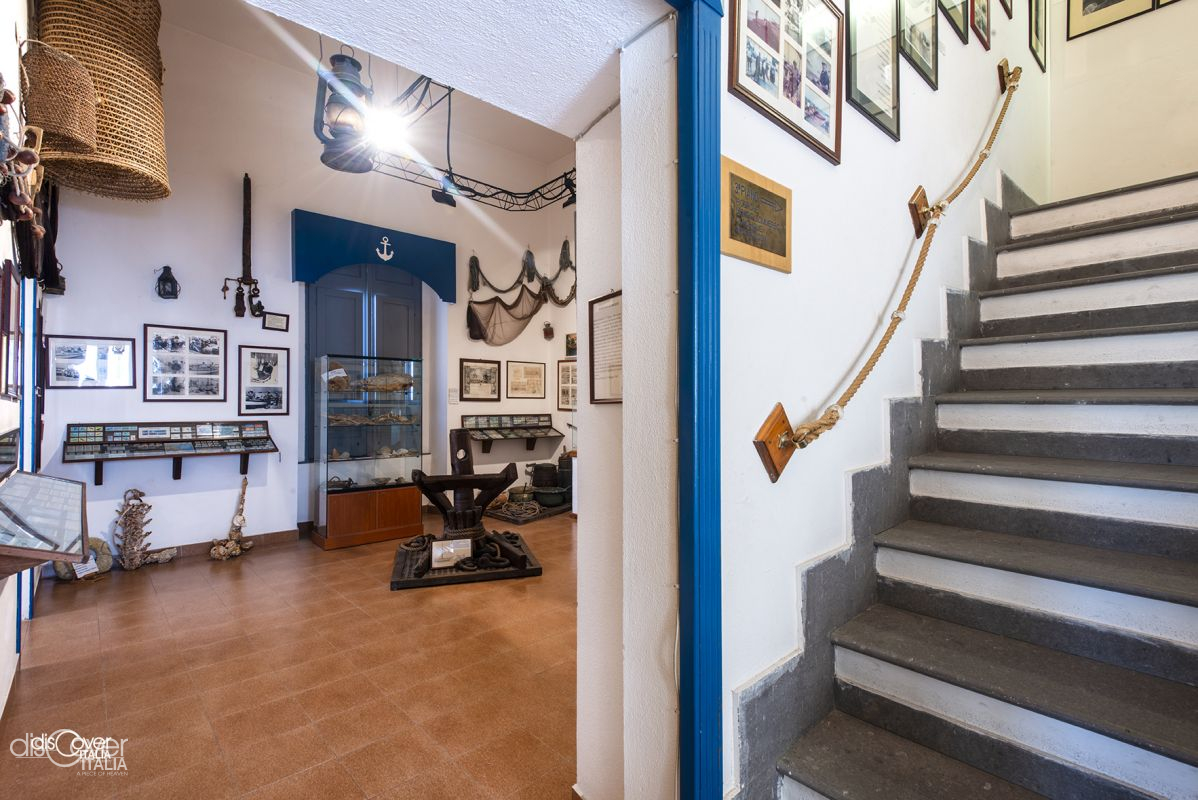
Information
The museum is open daily from 10:30 a.m. to 12:30 p.m. and 3 p.m. to 7 p.m.
Full price ticket: 3€



Comments powered by CComment